There is nothing more frustrating than getting a window-type air conditioning unit and finding that you still have gaps where air could escape or come in. Sealing the sides with plexiglass is one solution, but it is not always perfect and can reduce the efficiency of your HVAC system. How else can you cover the space above a window AC unit? We've searched for the best solutions for you!
Side panels on window AC units help with the gap problem, but some spaces are too large to mount without incurring a gap at the top. Here are some things you can do to effectively cover the spaces above the AC unit:
- Attach weatherstripping
- Get insulated side panels
- Use a rope caulk with acrylic glass
- Secure with foam insulation and plywood
- Use spray foam sealant
Your HVAC system is highly dependent on good insulation. If the gaps on your window AC are not properly addressed, it can affect your indoor climate or, worse, lead to your space having water damage or bacteria growth as it gets exposed to small particles from outside. If you want to learn more about sealing the gaps from your window AC unit, keep reading below!

How To Cover the Gaps Above Your AC Unit
Don't be disheartened if you find that you cannot properly mount your AC unit. There are many workarounds you can do, and you only need to be careful about the accuracy of the measurements. Here is how you can fit your small AC unit into a large window.
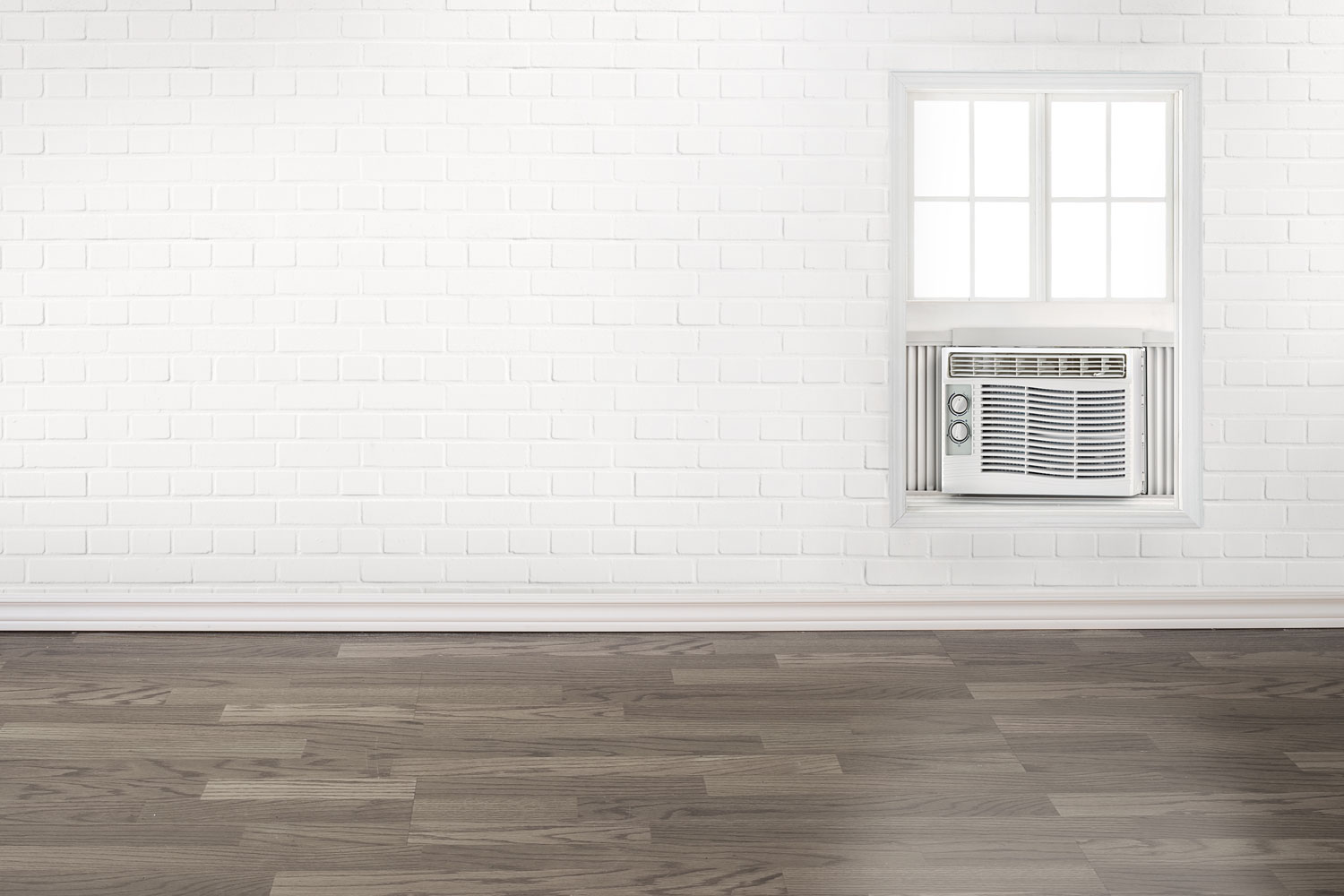
Read: "How To Insulate Old Windows Without Replacing Them."
Attach Weatherstripping
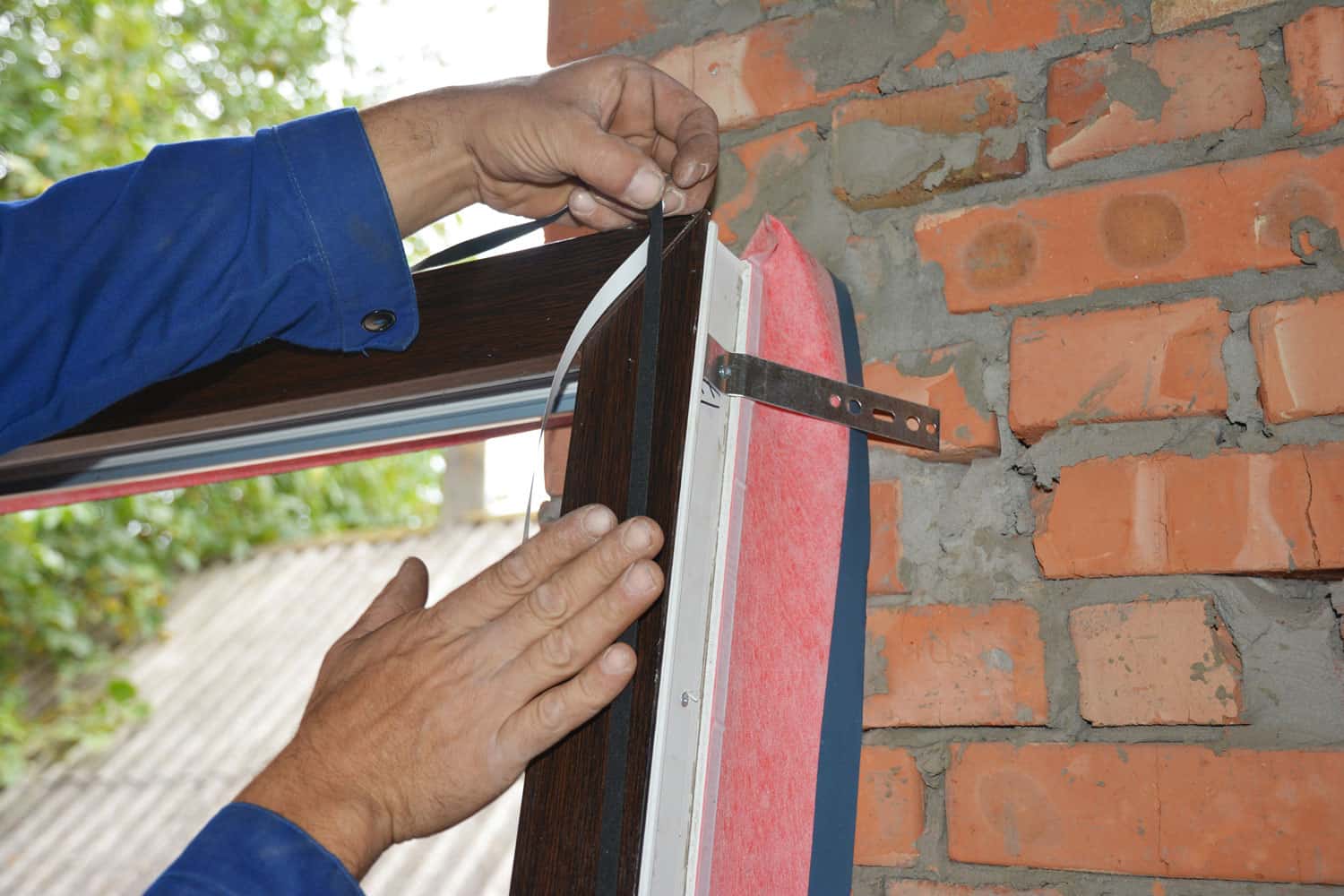
Weatherstripping is an affordable way to seal any gaps that can lower the performance of your HVAC system.
- Remove any dirt around the surface of your window where you intend to attach the weatherstripping.
- Measure the length of the gaps and cut the adhesive foams accordingly.
- Peel the protective paper away and position the seal with the sticky side against the bottom sash of your window.
- Let the weatherstripping sit in front of the gap so that it can give an airtight seal.
See foam weatherstripping on Amazon.
Get insulated side panels
Small airconditioning window units have accordion-style spacers that can help seal the gap. You can use this alongside insulated panels to block air leaks, but it is a temporary fix and is not ideal if you want to mount your AC permanently.
This method may not withstand more intense weather conditions, especially during winter.
- Measure the length of the gaps on both sides.
- Buy your accurately-measured side panels.
- Cut the panels according to the correct measurements and seal with caulk or weatherstripping.
- Let the caulk dry before switching on your AC.
Use Rope Caulk
Caulk is a clay-like material that can seal edges but is removable. You can use rope caulk for narrow or hard-to-cover gaps since it is easily moldable to wherever you intend to put it.
- Prepare a tape measure, weatherstripping, small knife, a piece of cloth, and your rope caulk.
- You can measure the gaps for spaces narrower than 1/8-inch, or you can try to estimate if it's too small.
- Tear off a piece of rope caulk that can easily fit into the space
- Press the caulk into the small spaces. You may need to push it further for deeper spaces to ensure that it is filled.
- Wipe the accumulated dirt and make sure there is no excess caulks on the surface before switching on your AC.
See Duck rope caulk on Amazon.
Secure with foam insulation and plywood
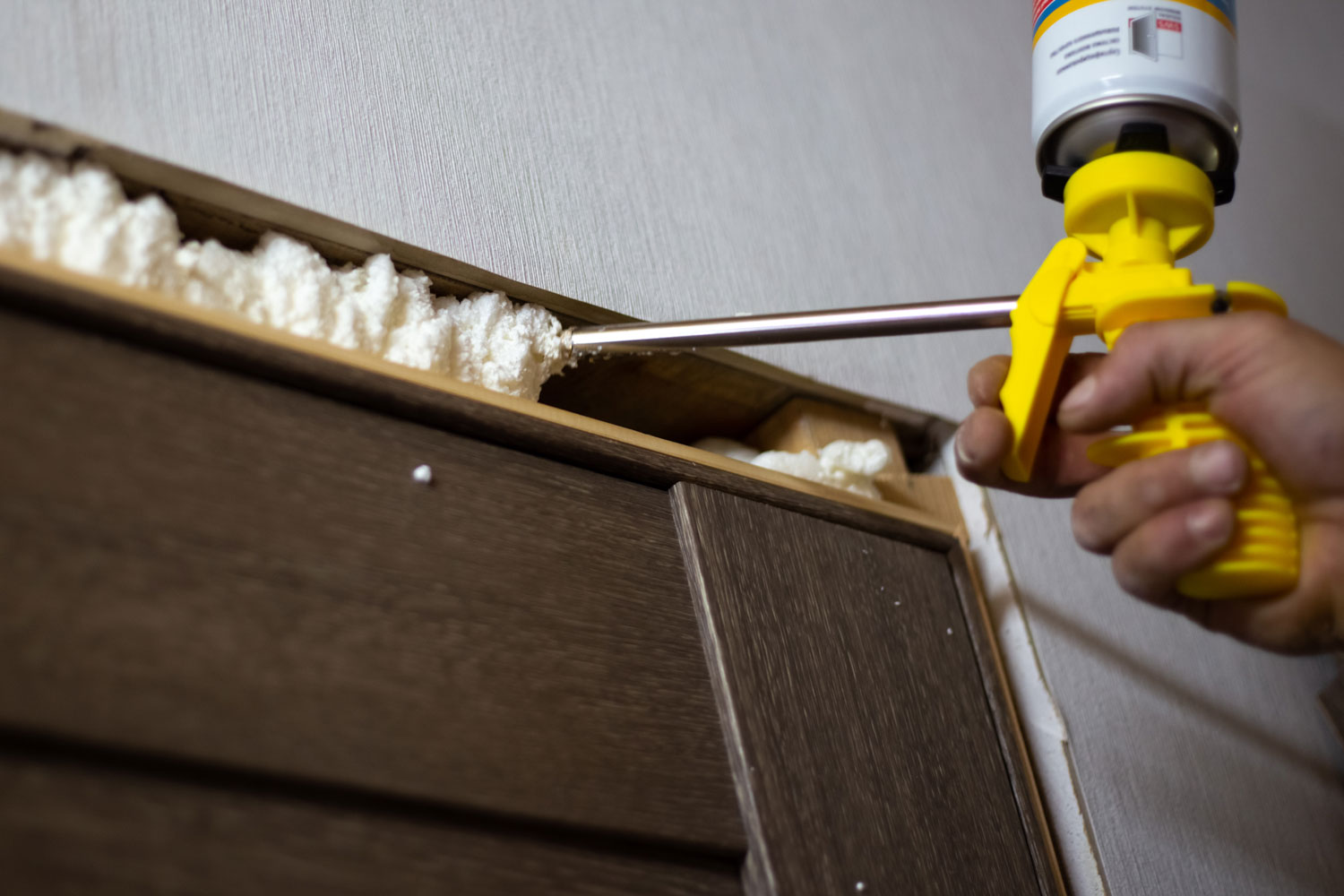
Plywood is a more permanent solution when sealing the gaps above or beside your AC unit. It is one of the most aesthetically-approved options since you can paint the wood to match your interior.
Opt for 1/2-inch thick plywood for maximum effectivity.
- As usual, make accurate measurements of the gaps.
- Draw markings along the plywood where you intend to cut.
- Grab a circular saw and use it to cut the plywood.
- Use spray foam to seal the plywood through the gaps.
- Let it sit to dry, then cut off the excess spray foam.
Use spray foam sealant
Spray foam sealants can cover the gaps in the AC unit. This sealant expands and dries up, effectively sealing even the smaller gaps along the window.
See Loctite window and door sealant on Amazon.
Note that it may be difficult to seal large gaps since it comes out of the spray as a wet foam. You may need to spray small amounts and let it dry so you can build on it until it is enough to cover a large space.
- Cover the surrounding perimeter where you do not want the foam to stray.
- Follow proper safety protocols such as avoiding open flames and putting on goggles and gloves.
- Spray the sealant along the edges and let it cure.
- Build on the small dried sealants if the gap is larger.
- Cut off the dried foam with an insulation knife.
How To Camouflage your Window AC Unit
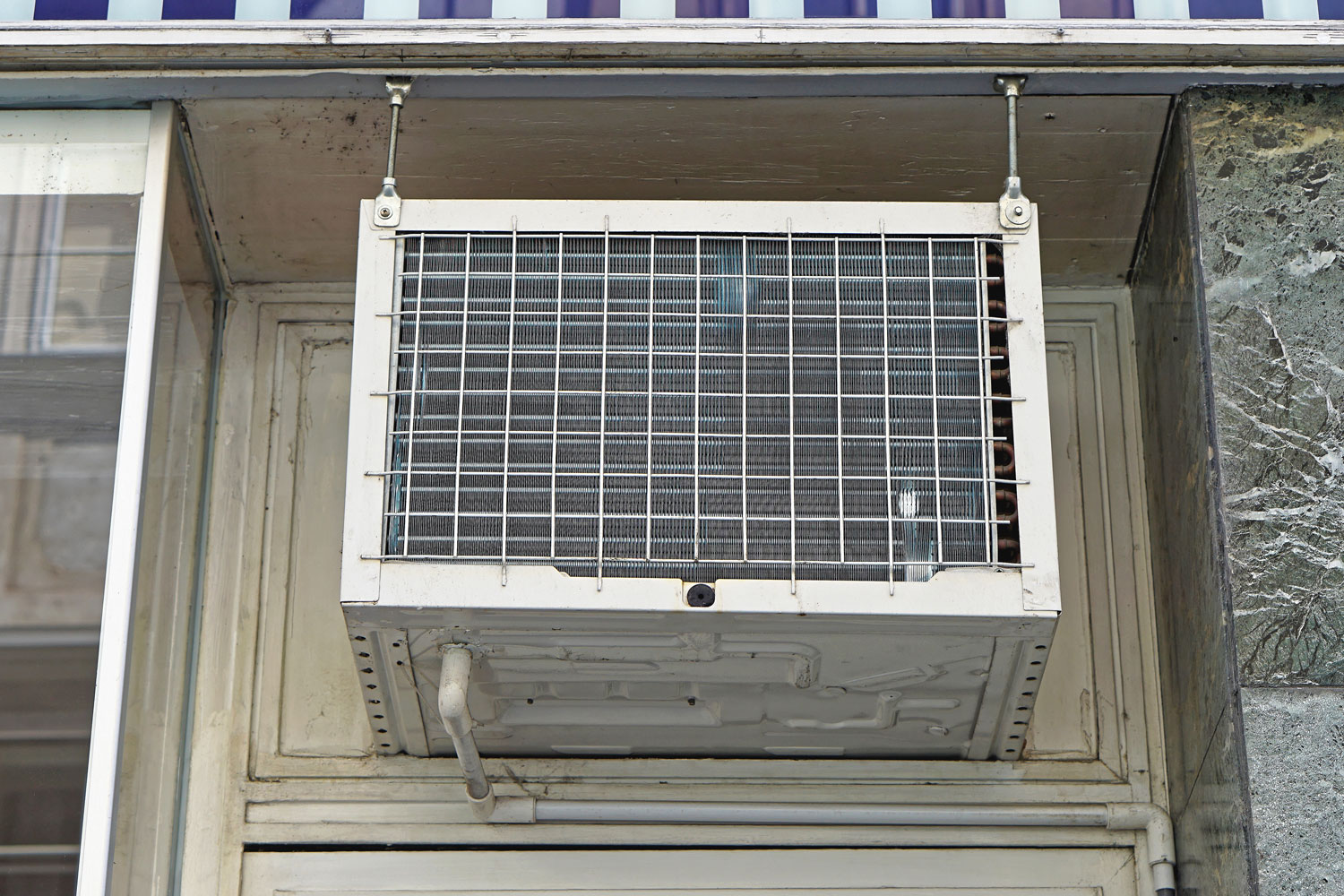
Your AC unit is a source of comfort, but sometimes it clashes with your interior decoration.
Once you have properly sealed and insulated the edges and gaps of your unit, you can make it look even more aesthetically pleasing by covering it: of course, without compromising airflow!
Read: "Do AC Closet Doors Need To Be Vented?"
Use a Folding Screen
A folding screen is a quick, easy, and low-maintenance way to make your unit blend with your space. The light material will also not cramp the unit too much. Choose from a wide range of designs that matches your preferences!
Conceal Behind Curtains
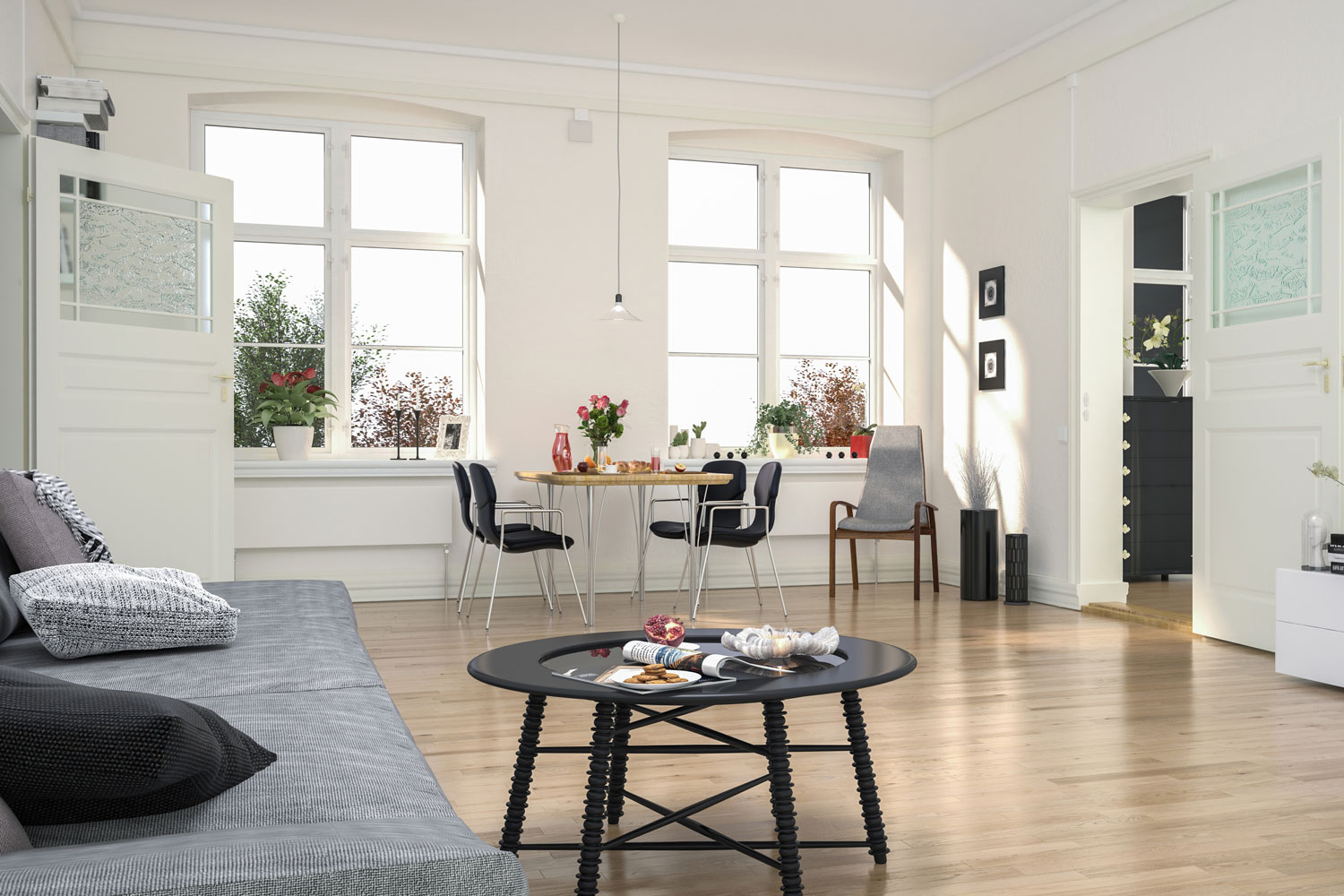
Cafe curtains can easily hide your unit when it is not in use. Simply pull it aside to let the air flow freely. The curtains will also match your interior without blocking out the light. These curtains are fitting for all seasons and can beautify your room all year round.
Decorate Plastic Section with Colorful Tape
The plastic sections of your window unit can be covered with double-sided tape with interesting designs that match your aesthetic. This design can easily camouflage your AC unit, transforming it from an eyesore to a unique design piece.
Build a Cabinet Around the Window AC
Cabinets can be a heavy-duty cover solution to cover your AC unit. You can be free to decorate the closed cabinet so that it matches your room's aesthetic, but it should be easily removable to make your AC breathe during the summer.
You can even build it in a way where you can simply open the doors as long as there are adequate spaces on the side for air circulation so you would not have to remove it.
How To Insulate your Space Better

We seal the gaps in our window units so that our insulation is not compromised. Air leaks can lower the HVAC system's energy efficiency, so you need to ensure that all gaps are filled and no unwelcome elements can enter.
Upgrade Windows And Doors
Sealing the gaps along your AC unit is one way to ensure insulation, but it should not stop there. Check if your doors and windows are consistently energy efficient even during extreme weather conditions.
- Quadruple-glaze your window
- Install low-emissivity glass to reflect back heat and light
- Ensure low conductivity of spacer bars so that it does not absorb heat
- Insulate the edges, sides, and sashes
- Install air-tight insulation and sealers
If you notice condensation along your windows it may be due to air leakage. You can solve this by applying interior caulking, but make sure this caulking is used for indoor use.
Draught Proofing
Draught-proofing is a ventilation solution that improves your energy consumption. It lets in the fresh air during the summer and helps seal in more than 25% of heat during the winter.
Here are the signs to look for if you are experiencing draughts:
- See if there is light seeping under the gaps
- Listen if there are rattles and whistles
- See if air drafts are entering your home
- Look for movement around the curtains
You can solve this issue by sealing chimney draughts, exhaust fans, and of course, windows and doors.
Making Sure Window AC Matches Window Opening
One way to prevent faulty sealing and risking bad insulation is to make sure your purchased window AC is the right size. Measure your dimensions twice to ensure accuracy and prevent additional work.
Final Thoughts
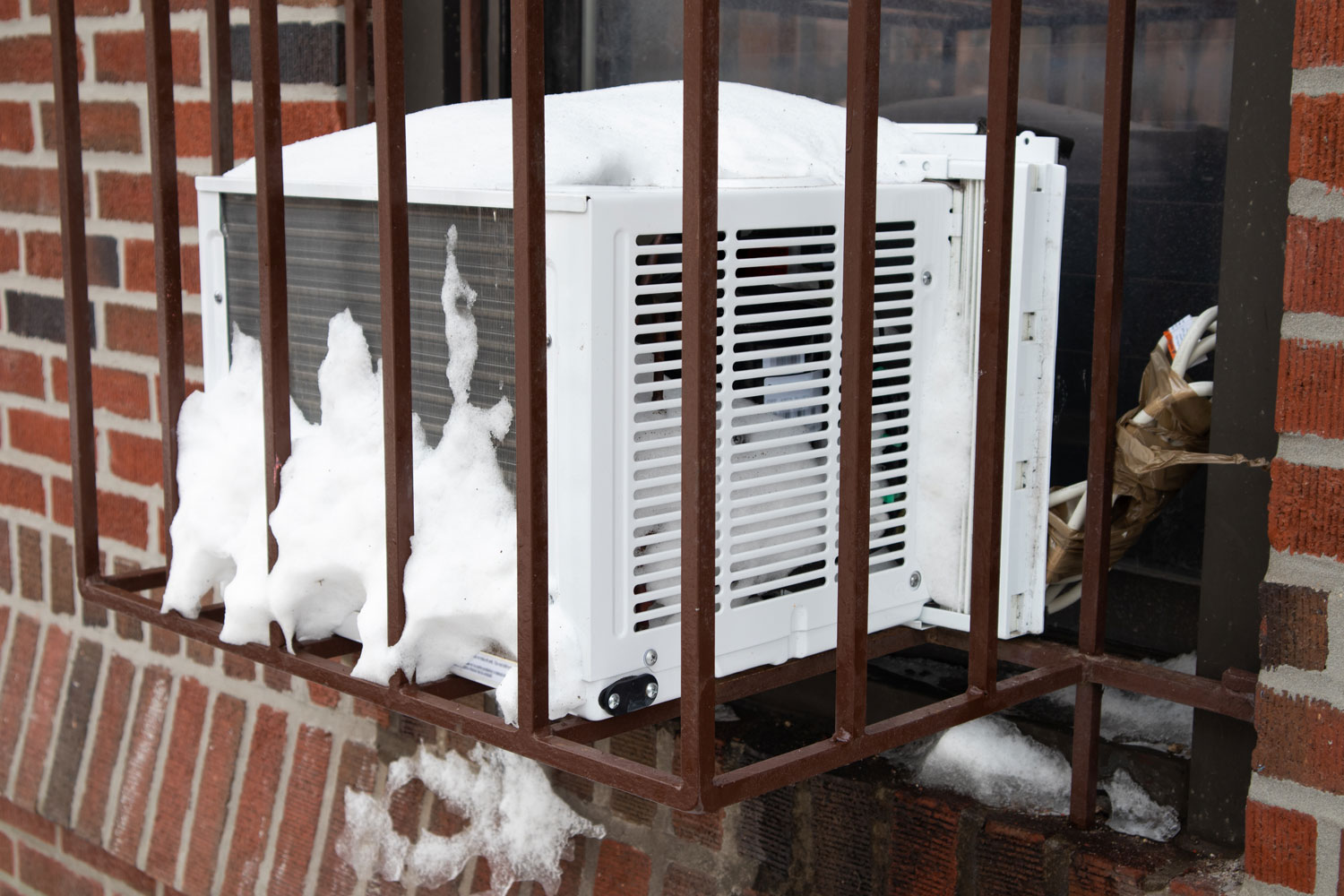
Covering every gap is essential to keeping your home comfortable and free from moisture build-up through all the weather changes.
Weather-related damages are not concentrated on particular seasons; they can plague you any time if your home is not prepared. Sealing the edges and gaps around your AC unit is not just a matter of convenience, but also a matter of safety.



